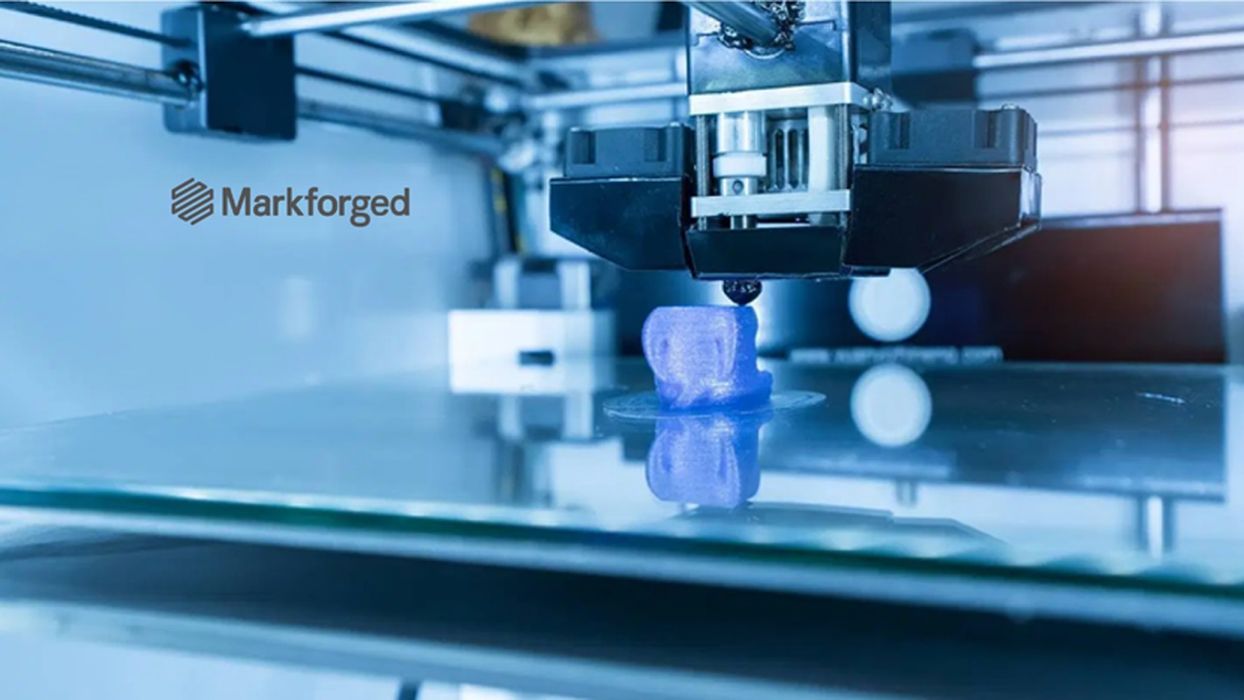
Charles R. Goulding and Preeti Sulibhavi predict increased use of AI and 3D printing by Cisco.
There is a big reason for Cisco Systems, Inc. to pat itself on the back (if it could). Not only did it generate sales of US$51.60B in 2022 and employ 26,000 people that year, but it did so at a time when high-tech was laying off workers and growth for many has slowed. Companies like Microsoft Corp posted the slowest quarterly growth in more than six years for the fourth quarter of 2022. And Salesforce Inc as well as other cloud-based services are echoing the same sentiment.
But Cisco’s forecast is bullish as the company reported net income of US$2.8B for the second quarter ending January 28, 2023, coming ahead of market expectations. To top this off, Cisco is anticipating sales to rise between 9% and 10.5% annually.
Cisco owes much of its financial success to its growing recurring revenue base and remaining performance obligations as well as backlogs and supply chain improvements.

We have covered how leading software companies have aligned themselves with the 3D printing industry. We have covered Adobe and Microsoft efforts with regards to 3D printing and training in the field as well. We have covered 3D printing and artificial intelligence (AI), which is where we see the Cisco success headed towards.

Cisco is a global leader in software, networking, security, IoT, cloud and computing technologies. With the successful launch of ChatGPT and other AI platforms, Cisco can achieve astonishing results when incorporating AI into its products and services.
Cisco is in fact exploring AI applications through Real-time Translations and AI-enhanced Intent-based Networking.
Inspired by the events of the pandemic, where people spent much of their time in virtual meetings as opposed to traditional conference rooms, Cisco was responsible for Real-time translations to web meetings delivered as captions in over a hundred languages. Cisco’s wholly owned subsidiary, Webex, comprises web-conferencing solutions that have tools including audio intelligence, people insights and, as mentioned, real-time translations. Audio intelligence refers to enhancing sound quality of calls and people insights is a tool for managers to track worker productivity.
The AI-enhanced Intent-based networking brings natural language processing, machine learning and machine reasoning to network operations and management to allow for quicker applications of network policies and rules that are more consistent as well.
We have covered AI/machine learning in the 3D Printing industry previously. In today’s world, market leaders in industries ranging from construction (Caterpillar) to oil and gas (GE’s US$9B Stake In Baker Hughes) are utilizing AI to enhance their products and services, working smarter not harder.
AI and machine learning means that 3D printers can achieve a more automated workflow. This can help integrate 3D printers into scalable production models and improve the quality and efficiency of manufacturing processes.
The Research & Development Tax Credit
The now permanent Research and Development (R&D) Tax Credit is available for companies developing new or improved products, processes and/or software.
3D printing can help boost a company’s R&D Tax Credits. Wages for technical employees creating, testing and revising 3D printed prototypes can be included as a percentage of eligible time spent for the R&D Tax Credit. Similarly, when used as a method of improving a process, time spent integrating 3D printing hardware and software counts as an eligible activity. Lastly, when used for modeling and preproduction, the costs of filaments consumed during the development process may also be recovered.
Whether it is used for creating and testing prototypes or for final production, 3D printing is a great indicator that R&D Credit eligible activities are taking place. Companies implementing this technology at any point should consider taking advantage of R&D Tax Credits.
Conclusion
Cisco’s success should be noted as it comes at a time when most companies in the industry are seeing some leveling in growth currently. While this is great news right now, if Cisco wants to maintain its industry status, it must continue to innovate. It can include software that brings AI and machine learning to more 3D printers as one way to expand its portfolio.
